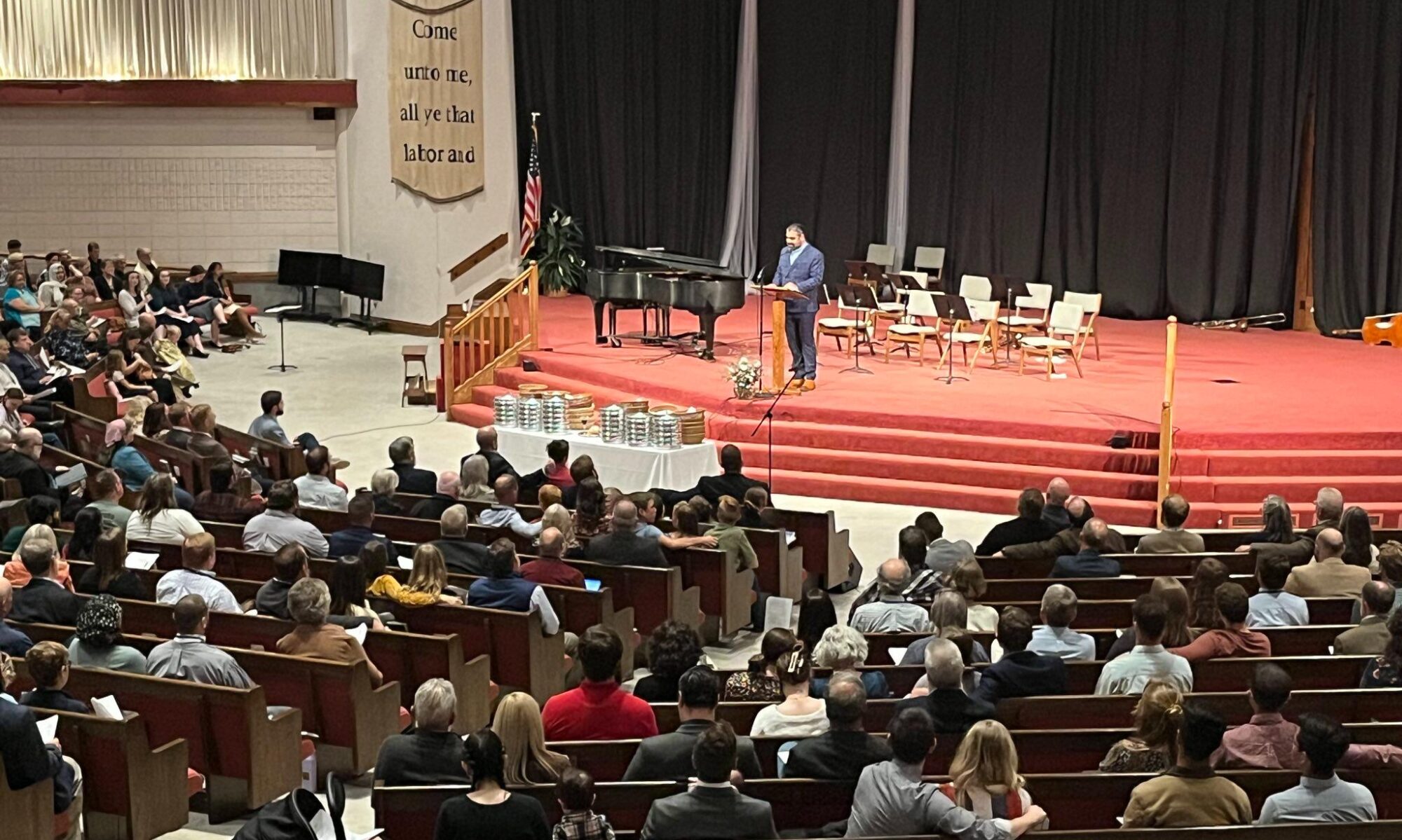Holy Week is inaugurated on Palm Sunday, the Sunday before Easter Sunday. Palm Sunday is the unfolding drama of Jesus’ last week before his death. As the King enters into Jerusalem to inspect his holy city, received by a multitude of rejoicers, he discovers that the city is corrupt (Zec. 9). As the week continues, Jesus enters into a host of confrontations with the religious leaders of the day, which caused them to detest the Paschal Lamb, and ultimately crucify Him.
The events of Maundy Thursday are powerful events in the life of the Christian Church. The name “Maundy Thursday” is derived from the Latin word mandatum meaning “commandment.” In John 13 :31-35, Jesus tells his disciples that he has a new commandment, that you love one another. Obeying this commandment serves as the way the world will recognize the children of God.
Another element of Maundy Thursday is the administration of the Eucharist. Maundy Thursday describes the disciples’ Last Supper with their Lord. It was during that meal that Judas was identified as the one who betrayed our Lord. Judas’ kissing the Son of Man was the confirmation that he himself had become the son of perdition. His betrayal by a kiss is indicative of his all-consuming hatred for the message of Jesus. Judas, who partook of Christ at the Last Supper, now partook of Christ’s body by the kiss of death.
Maundy Thursday is a service of love and gratitude. On this day, the people of God join others to renew their love for one another, and to renew their commitment to our Lord as we eat his flesh and drink his blood. By this they will know that we are His disciples.






 And we know that Jesus is at the right hand of the Father. He is ruling and reigning from his heavenly throne. The Father has given him the kingdom (Psalm 2), and now he is preserving, progressing, and perfecting his kingdom. He is bringing all things under subjection (I Cor. 15:24-26).
And we know that Jesus is at the right hand of the Father. He is ruling and reigning from his heavenly throne. The Father has given him the kingdom (Psalm 2), and now he is preserving, progressing, and perfecting his kingdom. He is bringing all things under subjection (I Cor. 15:24-26).


